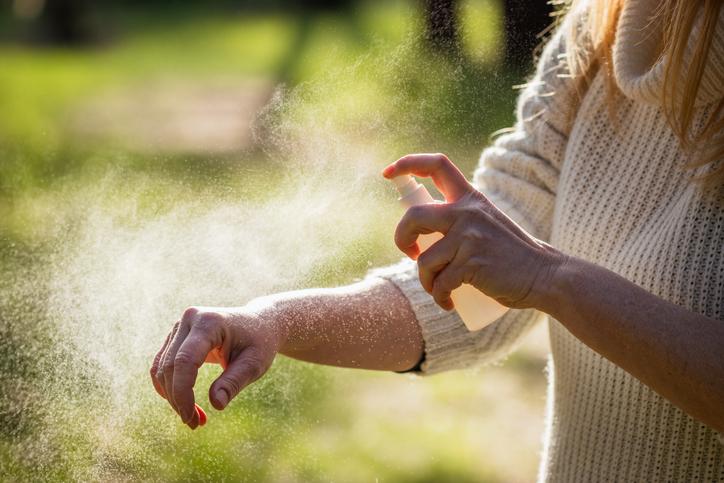13 февраля 2023
Can Oxidative Stress Be Avoided?


13 февраля 2023
Can Oxidative Stress Be Avoided?
## Mission impossible
Oxidative stress is experienced by everyone, but as we age the body's ability to fight free radicals weakens more and more. The oxidation process takes place in the body all the time as we breathe oxygen. However, due to diseases, negative environmental influences, and bad habits, the amount of free radicals increases, and antioxidants may not be enough to fight them. This causes cells to break down, age faster and stop fulfilling their functions.
> The risk of oxidative stress increases with age, especially in premenopausal and postmenopausal women.
The description doesn't look simple, so let's look at it a little more closely. For various reasons, a free radical is an electron that "unhooked" from its nucleus and went free floating. Moving chaotically, it collides with a full-fledged cell and blows another — or several — electrons out of orbit, like a meteorite colliding with a planet's satellite. The damaged cell becomes incomplete, and the electrons torn away from it continue to damage neighboring cells. The cells most susceptible to "bombardment" are those of muscle, subcutaneous fat, and connective tissue.
## Symptoms to look for
- __Sudden deterioration of the skin:__ dryness, ===flaking, the appearance of wrinkles, and age spots indicate a poor state of the lipid barrier.
- __Concentration disorders:__ forgetfulness, anxiety, sloppiness, inattention speak of the oxidative processes of the brain cells.
- __Cardiovascular disorders:__ heart rhythm irregularities and blood pressure fluctuations are also signs of oxidative stress.
- __Muscle and joint pain:__ stiffness of movements, cramps, muscle cramps, and joint pain are often the first signals of problems.
## Should it be treated?
Despite the fact that it is a natural process when any of these symptoms appear for no apparent reason or increase too quickly, there is a reason to see a doctor. This is especially true if you are under the age of 40.
To make sure that the problem is caused by oxidative stress, a specialist will prescribe a complex biochemical blood test, including at least seven indicators: coenzyme Q10, vitamin E, and C levels, beta-carotene, glutathione, malonic dialdehyde, and 8-OH-deoxyguanosine.
Total antioxidant status (TAS) is more accurate, but it is not available in all laboratories. The tests will assess the processes occurring in the body and correct them with supplements, nutrition, and lifestyle changes.
## Plan of action
It's impossible to completely avoid the effects of oxidative stress, but it is possible to slow down cell aging. It is better to take preventive measures before the signs of stress begin to show themselves. Do the following as preventative measures:
- __Supplement your diet with foods high in antioxidants:__ these include broccoli, spinach, avocados, carrots, sweet peppers, sweet potatoes, tomatoes, fatty fish, artichokes, berries, dried fruits, green tea, coffee, and bitter chocolate
- __Drink dry red wine (in reasonable quantities):__ its antioxidant content exceeds that of natural grapes and even more so canned grape juice
- Take supplements of B vitamins: they help the body to resist oxidative processes
- __Watch the level of vitamins A, C, and E:__ all three are essential in the fight against free radicals and it is often better to take them in addition in the form of supplements as it can be difficult to get enough from food
- __Normalize daily physical activity:__ both excessive and insufficient mobility accelerates oxidative processes. Optimal activity is walking at a medium pace for 1-2 hours a day and active exercise 2-3 times a week for 45 minutes.













